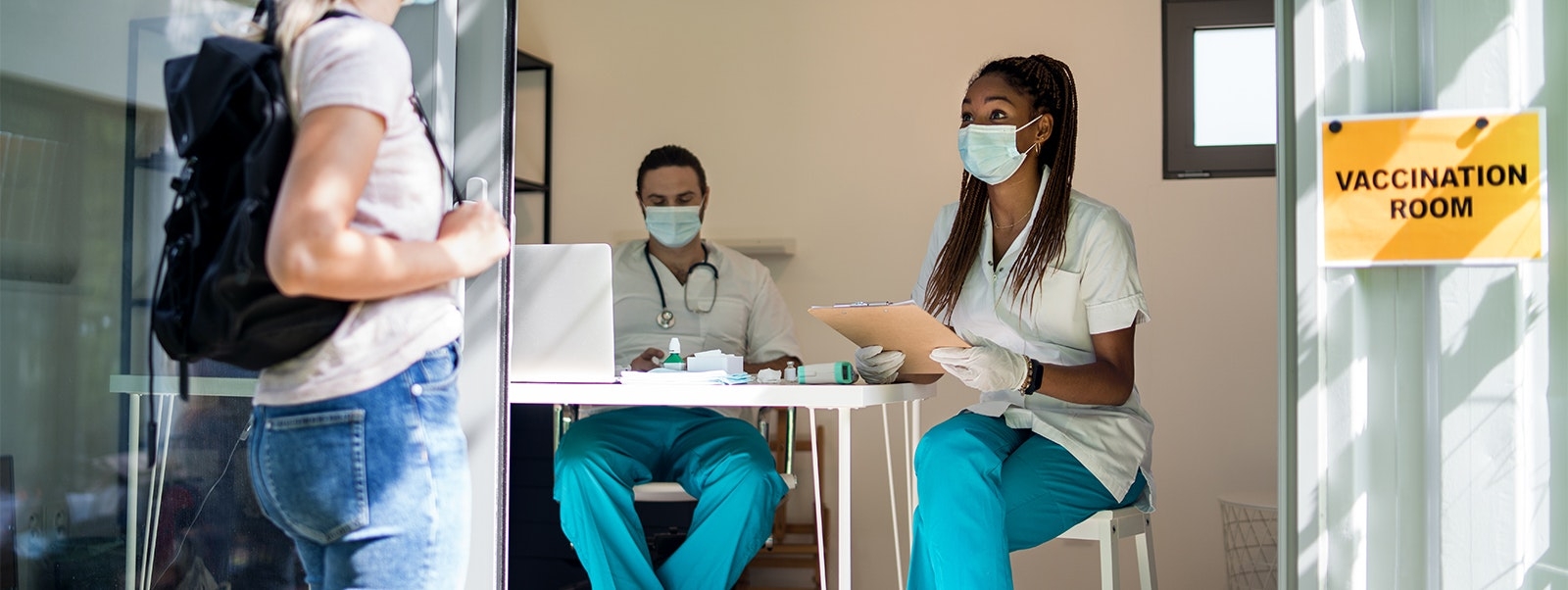When we wrote Navigating the Long Haul to Normalcy in October, we stated that return to Normalcy was plausible in both July and September of 2021, but more likely in September given the inherently aggressive assumptions needed to achieve potential Herd Immunity Threshold (pHIT) by July. Since then, multiple developments have shifted the landscape:
- Fall surge with very high new daily case rates: Case rates in the US have been breaking prior records for well over a month, with new daily case rates exceeding 100K every day since November 6th and breaching 200K for the first time on December 2nd. Unabated, this level of natural infection will push us towards pHIT much faster, but will come at a significant toll in terms of additional deaths
- Moderna and Pfizer filed for EUAs and are preparing to distribute first doses: On the bright side, two front runner vaccines have gathered sufficient data to file for approval with the FDA in late November and have both announced readiness to begin vaccination as early as late December. If the vaccines are granted approval and distribution begins as planned, the timeline to pHIT shortens
- Vaccine efficacy exceeds expectations: Both Moderna and Pfizer announced very high efficacy from their initial data (94.5 percent and 95 percent respectively). While it is likely that the final efficacy outside of a carefully controlled clinical trial setting will prove somewhat lower, these efficacy numbers would still exceed expectation and accelerate the timeline to normalcy
When will we return to normal?
Depends on case counts and vaccinations
To return to some sense of normalcy, we must achieve the potential Herd Immunity Threshold, pHIT, or the point where there is enough cumulative immunity present in the population to slow the natural reproduction rate of the virus. Daily case counts and the pace of vaccination majorly impact when that threshold is met. The below graphic shows how three different case count rates affect pHIT timing. The vaccination scenario band represents a range of different vaccine scenarios.








